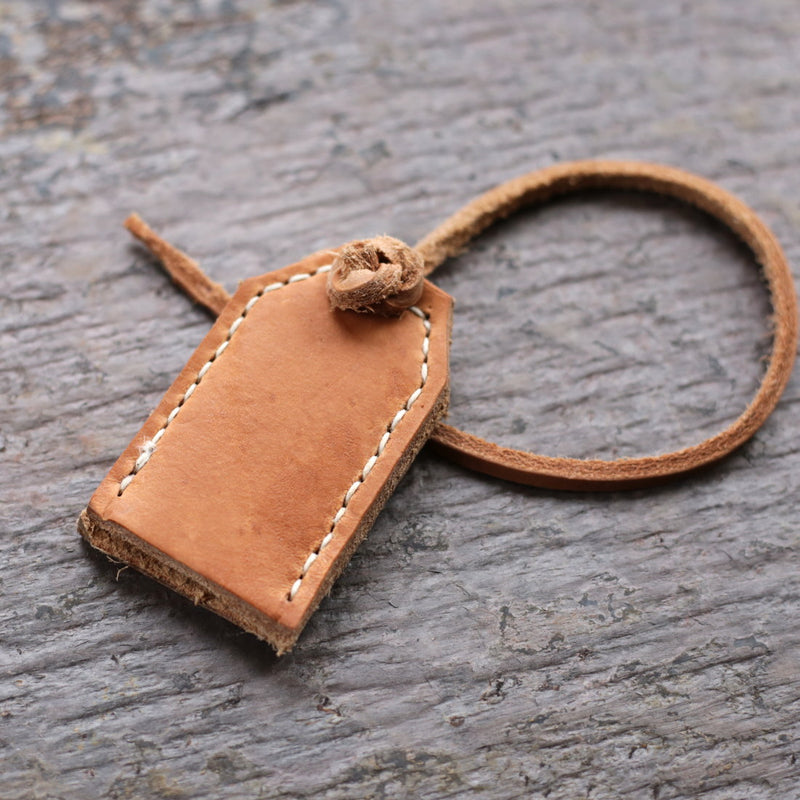- Joined
- Oct 12, 2021
- Messages
- 385
- Reaction score
- 288
New to blackpowder but as a lifelong shooter, and armchair historian, I recently picked up a (replica) Pedersoli .69 caliber 1777 Charlieville. Beautiful rifle.
Also picked up, on recommendation, the Lyman Black Powder Handbook and Loading Manual. But....
The Pedersoli came with a generic little chart for recommended loads that maxed out at .58 caliber.
Didn’t sweat this as I had the Lyman book but, while chock full of good generic info on the sport, it’s load data seems geared toward rifled barrels and also maxing out at .58 caliber. Only one smoothbore chart for the .75 Brown Bess.
Anyone know of a book or a good website for load data for a .69 caliber smoothbore?
Also picked up, on recommendation, the Lyman Black Powder Handbook and Loading Manual. But....
The Pedersoli came with a generic little chart for recommended loads that maxed out at .58 caliber.
Didn’t sweat this as I had the Lyman book but, while chock full of good generic info on the sport, it’s load data seems geared toward rifled barrels and also maxing out at .58 caliber. Only one smoothbore chart for the .75 Brown Bess.
Anyone know of a book or a good website for load data for a .69 caliber smoothbore?







